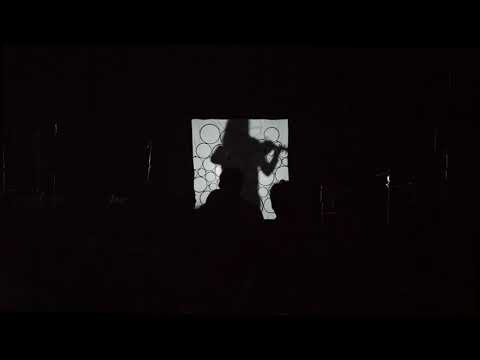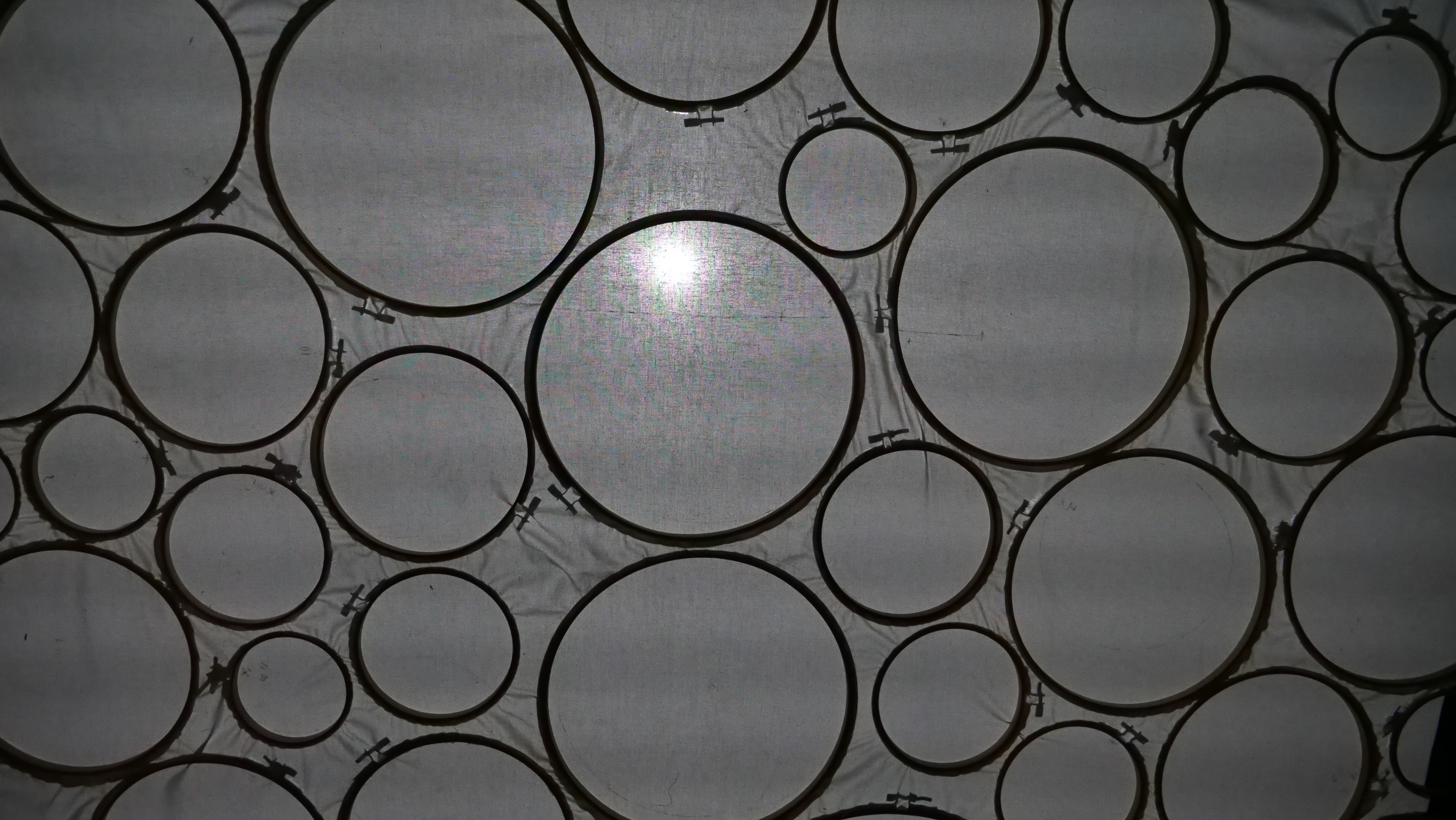The Shadow Harvester takes a relatively simple light-detecting sensor and allows the user to be completely unencumbered by technology. There are no additional wires or components that need to be placed on the user or their acoustic instrument, besides a microphone. The simple nature of the light-detecting sensor’s data stream also makes it flexible in terms of how it can be mapped to sonic tools— it can act as a knob, button, sliders, all of which are capable of controlling the quality of sound, but also the onset of offset of sonic events.
Though the performer is physically unencumbered by the Shadow Harvester, they are psychologically encumbered with their shadow. Their attention is fractured and they are forced into an almost out-of-body experience when their shadow is turned into a third-person avatar, splitting their musical attention between their physical body and their shadow body. Conversely, the performer’s musical experience is enriched by the visual feedback of how they interact with this technology. The Shadow Harvester turns the performer’s shadow into a visual metaphor for how they interact with the often unseen, inner workings of a digital music instrument.
Published research can be read here.
Improvisation by Clara Lyon, Violin

* * *
Excerpt from Speaking in Shadows
Clara Lyon, Violin
April 12, 2024, University of Chicago CHIMEFest.












